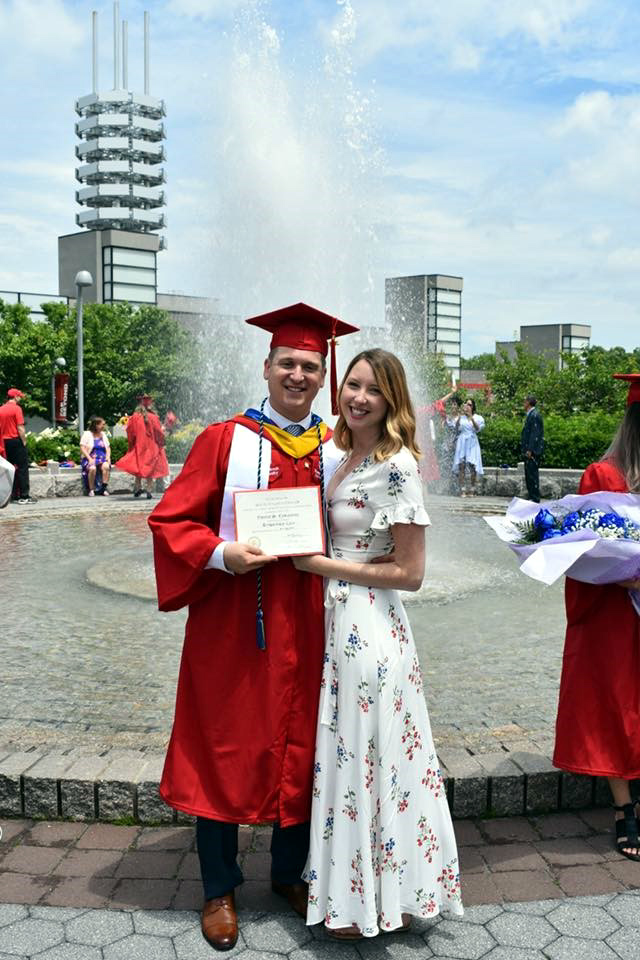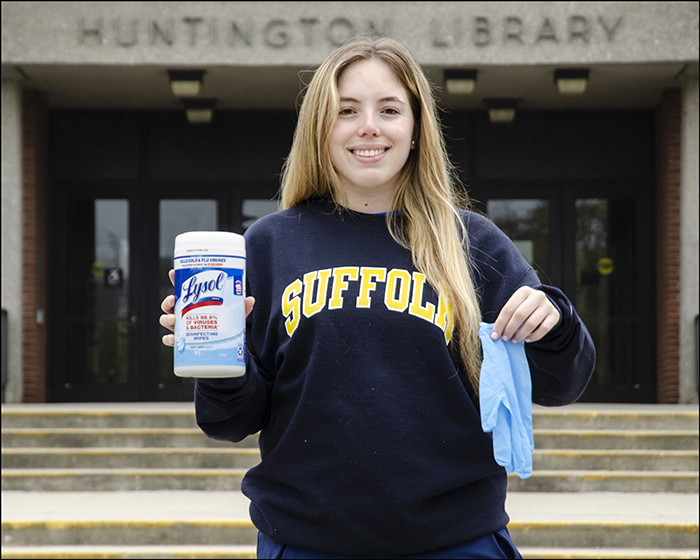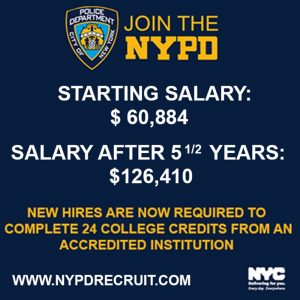By Leanne Costantino
Campus News
With technology and science moving forward at such a rapid rate, many former college students find value in re-enrolling later in life, whether it be to further their current careers or start a new one altogether. Many community colleges, state schools, and even private institutions offer a wide range of degrees for continuing education, from certificates to doctoral degrees.
It is common for students continuing their education to seek out training in STEM (science, technology, engineering, and math). According to The Adecco Group, which is the largest temp staffing firm in the world, “while the supply of available STEM talent is drying up, the market is flooded with available STEM jobs – and the situation is only going to get better for job seekers. Seventy-five percent of the fastest growing occupations in the U.S. workforce today require significant mathematics or science skills. By 2018, the number of available STEM jobs is expected to grow significantly, specifically in fields that involve computers (growing by 51 percent), engineers and technicians (28 percent), life and physical sciences (13 percent) and architecture (6 percent).”
My brother, Vincent Costantino, was among good company when, after trying out a few different career paths, he decided to pursue more education to begin a career in respiratory therapy. “After a few professions didn’t work out for me in terms of feeling satisfied and fulfilled with my work and not being compensated enough to thrive, I knew I wanted to pivot and make a major career change,” said Costantino.
The decision to pursue this path led him to Stony Brook University’s respiratory care program. The program provides over 1,000 hours of clinical experience, which is a great way to get hands-on experience and create business contacts before completion of the program.
“I knew I wanted to ultimately be in the medical field,” said Costantino. “With a background in music and education, there was really no option to enter the medical field in a way that would satisfy my financial and personal goals. I needed more schooling to achieve this. I was finally in the position to make the change with the support of my wife after our engagement. The timing was right to make the move, so I went back to continue my education with the hopes of a rewarding career change and the will to stay the course.”
During his time at Stony Brook University, Vincent met and learned from Clinical Assistant Professor Stephen G. Smith, who said that “students seeking career changes have a tendency to be more motivated and the interesting result of that motivation is that it rubs off on the younger students. They are willing to help the younger students achieve academic success and they play an extremely important role on clinical rotations. They are willing to be a part of the preparation in teaching the younger students how to impact patient care.”
Students seeking career changes, therefore, have an impact on the students who are in school for the first time. They inadvertently provide guidance and example for first-time students and help guide them in the classroom, creating a dynamic learning environment. “The one important experience that has had an impression on me as a teacher when working with students who are seeking a career change has been their incredible maturity,” continued Smith. “I have found that these students add a great deal to the diversity in the classroom and it is interesting how their past history helps the younger students prepare for working in the real world.”
Continuing education also comes with a different set of responsibilities, since it is not a student’s first time in a higher education environment. Students furthering their education often have a specific goal in mind or a desired outcome, whereas first-time college students might not have such a clear focus or idea of what they ultimately want to pursue. “This is certainly one of the most important decisions one will make in their lifetime,” said Smith. “It will determine their future goals and their own expectations. I would suggest that students seriously look at the employment market and base their decisions on what they are interested in, such as medicine, teaching, engineering or mathematics. Students should enjoy the path of study that they have chosen and be prepared to focus and dedicate themselves to reaching their goals.”
The motivation for students continuing their education often comes from the desire to better their current employment situation, so the decision to go back to school comes with more pressure.
“The motivation came from an overwhelming sense of needing to be at the top of my class,” said Costantino. “I felt that there is just too much competition out there and I wanted to stand out in any way possible to potential future employers. The motivation came from within.” That motivation kept Vincent at the top of his class, despite a 10-year gap in college level education, where he previously earned a degree in teaching. Having the diligence and the staying power to hunker down and devote all of his energy to his studies led him to a career at the NYU Winthrop Hospital Interventional Cardiology Lab.
“I am so thankful to be where I am at Winthrop,” continued Costantino. “The team of professionals here work together so well, and I am proud to be a part of it. This career makes me feel incredibly fulfilled because I can see every single day that we are helping to save people’s lives. I’m grateful for the support that I had in going back to school and having the opportunity to change my career and better my future.”
Vincent graduated cum laude from the program as a member of the respiratory honor society. For his achievements in the classroom and his clinical studies, he was awarded the American Heart Association award for excellence in cardiovascular clinical practice.








Comments